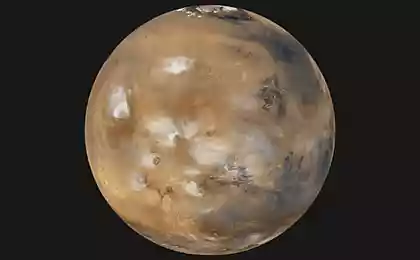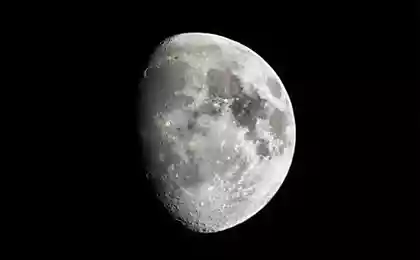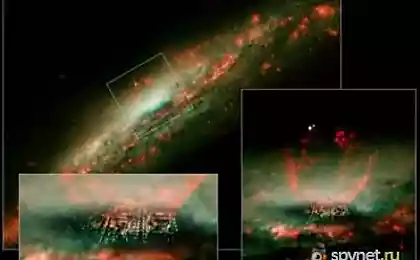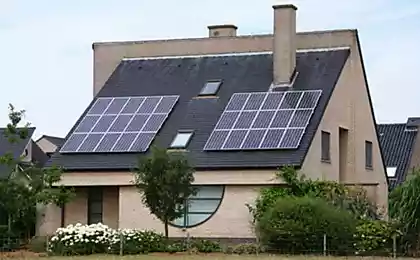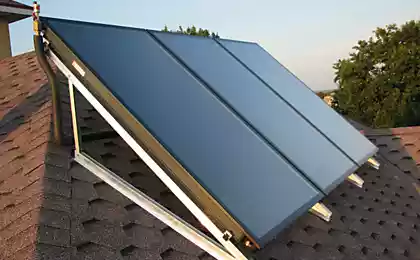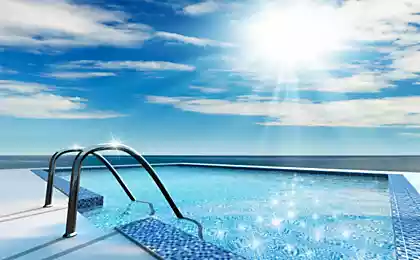596
What was here before the Solar system?
Eighteen million forty three thousand six hundred twenty four
Solar system — the old place. He is 4.6 billion years, to be exact. However, the Solar system is much younger than the Universe, which is 13.8 billion years, plus or minus a few hundred million. It turns out, the universe is three times older than the Solar system.
Astronomers believe that the milky Way in the order of 13.2 billion years; the galaxy is almost as old as the universe itself. It was formed when a small dwarf galaxies merged together to form a Grand spiral that we know. 8.6 billion years of the milky Way just to fall out of focus. Gone billions of years before Solar system was able to assess the situation.
Our galaxy rotates once in 220 million years, so in total it has done this about 60 times. As the rotation of the galaxy, it sucks up material like a giant space funnel. Clouds of gas and dust gather together in gigantic regions of star formation, massive stars become supernova, then the clusters are broken again, sending stars in the milky Way. This happens in the spiral arms of the galaxy, where the located dense regions of star formation.
So, back to 4.6 billion years ago, before the Earth, the Sun and even Solar system. Our entire region was gas and dust, perhaps in one of the spiral arms. What was it like? The Hubble space telescope took this picture for you.
Here is the Orion nebula, eagle and Tarantula. This region of star formation. They are represented by clouds of hydrogen left over after the Big Bang, dust, scattered, aging stars, and seeded with heavy elements formed in supernovas.
In a few million years, the regions of high density begin to form stars, large and small. Let's look again at zvezdoobrazovaniya nebula. See the dark spots? This newly formed stars surrounded by gas and dust in stellar nurseries.
You can see many stars, big and small, like our Sun and red dwarfs. Most of them will soon appear on the planet — and possibly life. Where is she? Something wrong in this picture, where other stars, our brothers and sisters?
Apparently, nature does not like the cramped and cozy star slot. The nebula that gave birth to the Sun, were either absorbed by the star or blown off the powerful stellar winds of the larger stars. In the end, the nebula disappeared, like a cloud of cigarette smoke.
From the beginning, our nebula resembled the eagle nebula over millions of years it has become more similar to the Pleiades, where the bright stars surrounds the shifting nebula. The gravitational forces of the milky Way broke off members of our solar manger on structures like Hyades. Eventually, gravitational interactions ripped this cluster, and our kindred stars were lost forever in the rotating sleeves of the milky Way.
We will never know with precision what was here before the Solar system; evidence of this was long-lost in space. But we can see other places in the milky Way, which give us a rough idea of how you could look at different stages of development.
But as it would be called nebula, in which our star? published
P. S. And remember, only by changing their consumption — together we change the world! ©
Source: hi-news.ru
Solar system — the old place. He is 4.6 billion years, to be exact. However, the Solar system is much younger than the Universe, which is 13.8 billion years, plus or minus a few hundred million. It turns out, the universe is three times older than the Solar system.
Astronomers believe that the milky Way in the order of 13.2 billion years; the galaxy is almost as old as the universe itself. It was formed when a small dwarf galaxies merged together to form a Grand spiral that we know. 8.6 billion years of the milky Way just to fall out of focus. Gone billions of years before Solar system was able to assess the situation.
Our galaxy rotates once in 220 million years, so in total it has done this about 60 times. As the rotation of the galaxy, it sucks up material like a giant space funnel. Clouds of gas and dust gather together in gigantic regions of star formation, massive stars become supernova, then the clusters are broken again, sending stars in the milky Way. This happens in the spiral arms of the galaxy, where the located dense regions of star formation.
So, back to 4.6 billion years ago, before the Earth, the Sun and even Solar system. Our entire region was gas and dust, perhaps in one of the spiral arms. What was it like? The Hubble space telescope took this picture for you.
Here is the Orion nebula, eagle and Tarantula. This region of star formation. They are represented by clouds of hydrogen left over after the Big Bang, dust, scattered, aging stars, and seeded with heavy elements formed in supernovas.
In a few million years, the regions of high density begin to form stars, large and small. Let's look again at zvezdoobrazovaniya nebula. See the dark spots? This newly formed stars surrounded by gas and dust in stellar nurseries.
You can see many stars, big and small, like our Sun and red dwarfs. Most of them will soon appear on the planet — and possibly life. Where is she? Something wrong in this picture, where other stars, our brothers and sisters?
Apparently, nature does not like the cramped and cozy star slot. The nebula that gave birth to the Sun, were either absorbed by the star or blown off the powerful stellar winds of the larger stars. In the end, the nebula disappeared, like a cloud of cigarette smoke.
From the beginning, our nebula resembled the eagle nebula over millions of years it has become more similar to the Pleiades, where the bright stars surrounds the shifting nebula. The gravitational forces of the milky Way broke off members of our solar manger on structures like Hyades. Eventually, gravitational interactions ripped this cluster, and our kindred stars were lost forever in the rotating sleeves of the milky Way.
We will never know with precision what was here before the Solar system; evidence of this was long-lost in space. But we can see other places in the milky Way, which give us a rough idea of how you could look at different stages of development.
But as it would be called nebula, in which our star? published
P. S. And remember, only by changing their consumption — together we change the world! ©
Source: hi-news.ru


